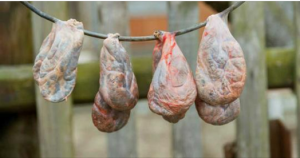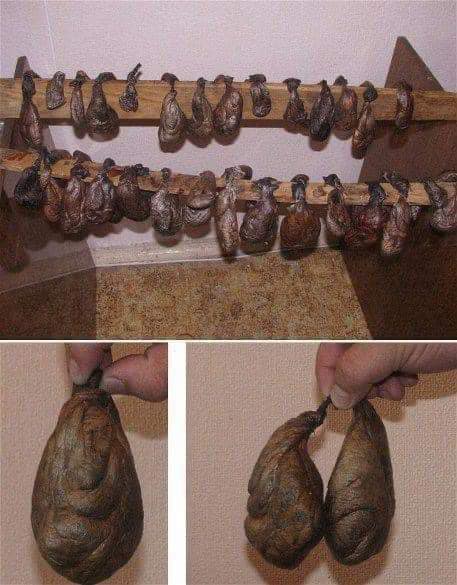Castoreum is a natural flavoring that can be used in vanilla or strawberry-flavored products. However, it is not a laboratory-created plant, nor does it have a distinctive sound. It refers to an excrement produced by beavers’ anal castor sacs. This chemical has been used for ages in medications and soaps, as well as food. However, “castoreum” will not appear on the ingredient list for ice cream or strawberry syrup. It is often referred to as “natural flavorings.”
Using Beaver Sac Excretion as a Vanilla Flavoring
However, there’s no need to be concerned about how much castoreum you may have accidentally taken. The FDA has judged it safe, stating that “a long historical use of castoreum extract as a flavoring and fragrance ingredient has resulted in no reports of human adverse reactions.” However, organizations avoid it for a number of reasons. For starters, it keeps their items from being certified kosher. Furthermore, the usage of beaver sac excretion is pricey.
“In the flavor industry, you need tons and tons of material to work with,” says flavor chemist Gary Reineccius, from the University of Minnesota. “It’s not like you can grow fields of beavers to harvest. There aren’t very many of them. So it ends up being a very expensive product — and not very popular with food companies.”

“Proud to be Castoreum”
Similarly, Michelle Francl, a chemist at Bryn Mawr College, assures people that there’s no chance that beaver excretion of any kind is snuck into foods because of the high costs. Especially when compared to plants like vanilla orchids, which can be grown and harvested on a massive scale.
ADVERTISEMENT
